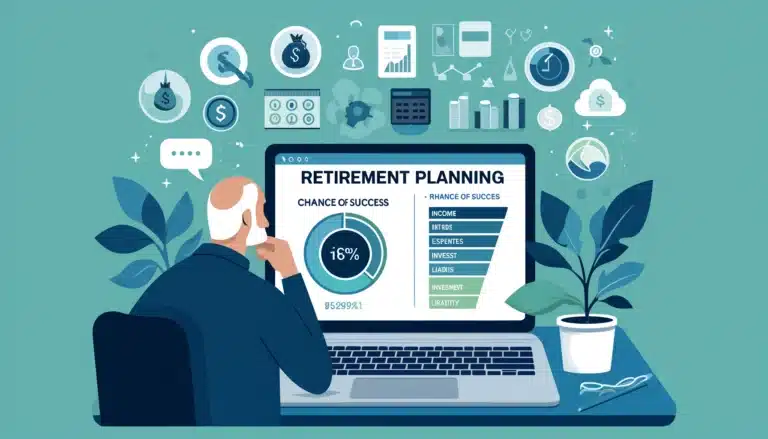Decoding The “Chance of Success” In Your Retirement Plan
You enter your income, expenses, investments and liabilities into your favorite retirement planner. You click a button, the software does some kind of calculation, and out pops a single number. It may be 87%. Maybe it’s 72%. Or it could be 15%. Whatever the number, you’re told it represents your retirement plan’s “Chance of Success.”…

